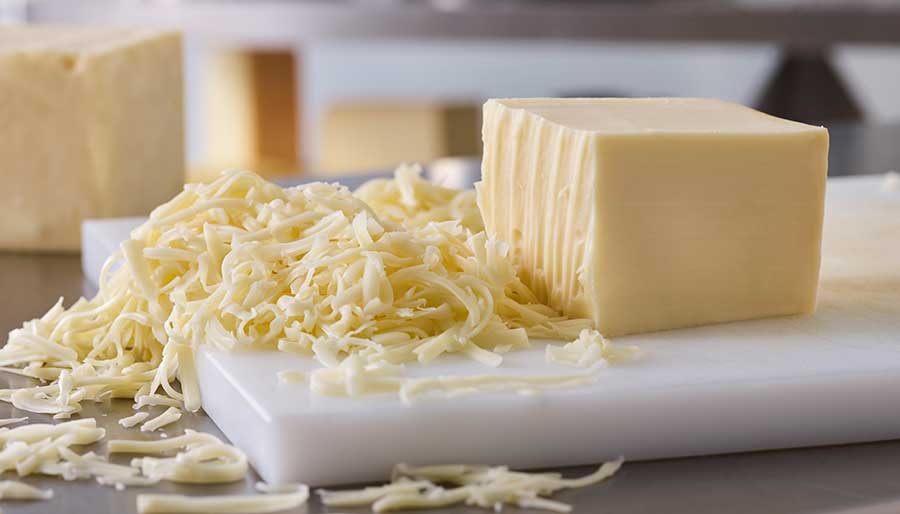The carbon footprint of cheese
There are several sources of greenhouse gas emissions (GHG) in making high-quality cheese for the worldwide market. The largest share, however, can be attributed to milk production at the dairy farm and is a direct result of methane emissions from dairy cows and manure as well as from nitrous oxide from fertilizers. With nearly 10 kilos of milk needed to produce 1 kilo of cheese, the carbon footprint of cheese quickly adds up.
As a result, a growing number of leading dairy companies are working closely with farmers to lower the carbon intensity of milk. There are many ways to do so – the farmers can alter the feed composition to reduce methane, manage fertilizer to limit excess nitrogen and continue aiming for more efficient milk production. Likewise, dairy companies are also looking for ways to optimize their production, e.g., by investing in energy optimization, changing their product mix, or through better utilization of waste streams.
Getting more out of milk
One simple solution to helping cheese producers lower the carbon intensity of their cheese can be found in the core ingredient used to convert fluid milk into hard or soft cheeses, the so-called cheese coagulants. With our CHY-MAX® coagulant series, we enable dairy companies worldwide to get more cheese out of each kilogram of milk:
"By converting to CHY-MAX® Supreme, we have seen cheese producers obtain a better coagulation process compared to other coagulants in the market. This means that they need less milk to produce one kilo of cheese."
Soeren Herskind, Vice President, Cheese cultures


